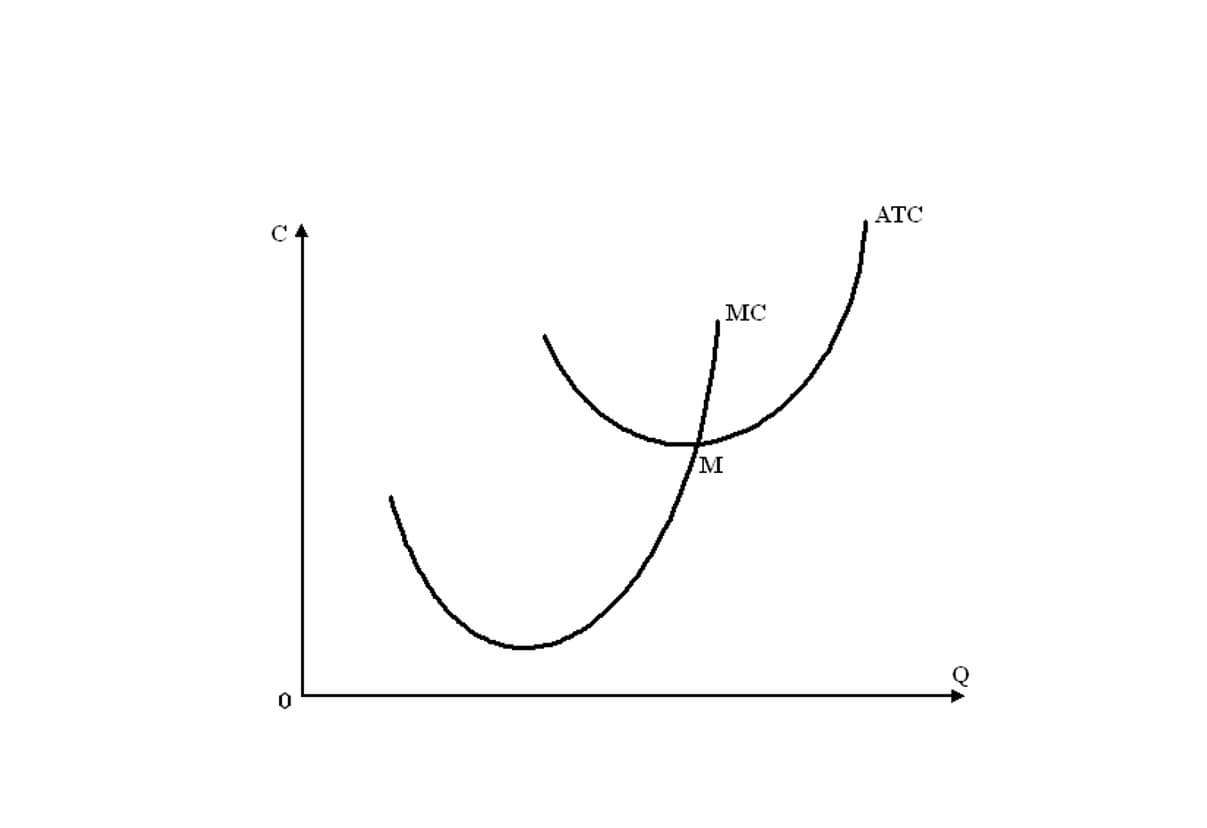Predetermined overhead Rate Formula How to calculate it Finance Careers & Finance Graduate Schemes

On the other hand, the business with the machine incentive environment absorbs overhead based on the machine hours. There are concerns that the rate may not be accurate, as it is based on estimates rather than actual data. In addition, changes in prices and industry trends can make historical data an unreliable predictor of future overhead costs. Finally, using a predetermined overhead rate can result in inaccurate decision-making if the rate is significantly different from the actual overhead cost.
These overhead costs involve the manufacturing of a product such as facility utilities, facility maintenance, equipment, supplies, and labor costs. Whereas, the activity base used for the predetermined overhead rate calculation is usually machine hours, direct labor hours, or direct labor costs. Further, the company uses direct labor hours to assign manufacturing overhead costs to products. As per the budget, the company will require 150,000 direct labor hours during the forthcoming year. Based on the given information, calculate the predetermined overhead rate of TYC Ltd. For example, a company uses a certain amount of direct labor hours allocated to overhead costs within it’s production.
AccountingTools
Larger organizations tend to employ a different POHR in each department which improves the accuracy of overhead application even though it increases the amount of required accounting labor. Complex overhead absorption is when multiple absorptions are required to allocate the cost of the support function. For instance, kitchen expenses first need to be allocated to the procurement department (a support department). It’s then further allocated to the departments that use the procurement facility.

In simple terms, it’s a kind of allocation rate that is used for estimated costs of manufacturing over a given period. It’s a good way to close your books quickly, since you don’t have to compile actual manufacturing overhead costs when you get to the end of the period. Keep reading to learn about how to find the predetermined overhead rate and what this means.
Predetermined Overhead Rate FormulaDefined along with Formula, How to Calculate, and Examples
In larger companies, each department in which different production processes take place usually computes its own predetermined overhead rate. The example shown above is known as the single predetermined overhead predetermined overhead rate formula rate or plant-wide overhead rate. Different businesses have different ways of costing; some would use the single rate, others the multiple rates, while the rest may make use of activity-based costing.
- On the other hand, if the business wants to use actual overheads, it has to wait for the end of the month and get invoices in hand.
- Once an overhead rate is calculated using the given formula, it’s absorbed in the cost card of the business using the actual level of the activity.
- This means that since the project would involve more overheads, the company with the lower overhead rate shall be awarded the auction winner.
- This project is going to be lucrative for both companies but after going over the terms and conditions of the bidding, it is stated that the bid would be based on the overhead rate.
- Larger organizations employ different allocation bases for determining the predetermined overhead rate in each production department.
- Ralph’s Machine Tools Company assigns manufacturing overhead costs based on direct labor and applies this rate to job orders.
- It’s also important to note that budgeted figures in calculating overhead rates are used due to seasonal fluctuation/expected changes in the external environment.
Businesses normally face fluctuation in product demand due to seasonal variations. Fixed overheads are expected to increase/decrease per unit in line with the seasonal variations. So, the cost of a product in one period may not reflect the cost in another period—for instance, the cost of freezing fish increases in the summer and lowers in the winter. However, there is a strong need to constantly update the production level depending on the seasonal fluctuations and the factor affecting the demand of the product. If the absorbed cost is more than the actual cost, an adjusting entry is passed to reduce the expenses. On the other hand, if the actual cost is more, an adjusting entry is passed to record the remaining cost in the business’s income statement.
Guide to Predetermined Overhead Rate Formula
Direct costs are costs directly tied to a product or service that a company produces. Direct costs include direct labor, direct materials, manufacturing supplies, and wages tied to production. Once an overhead rate is calculated using the given formula, it’s absorbed in the cost card of the business using the actual level of the activity. At the end of the accounting period, the actual indirect cost is obtained and compared with the absorbed indirect.


Leave a Reply